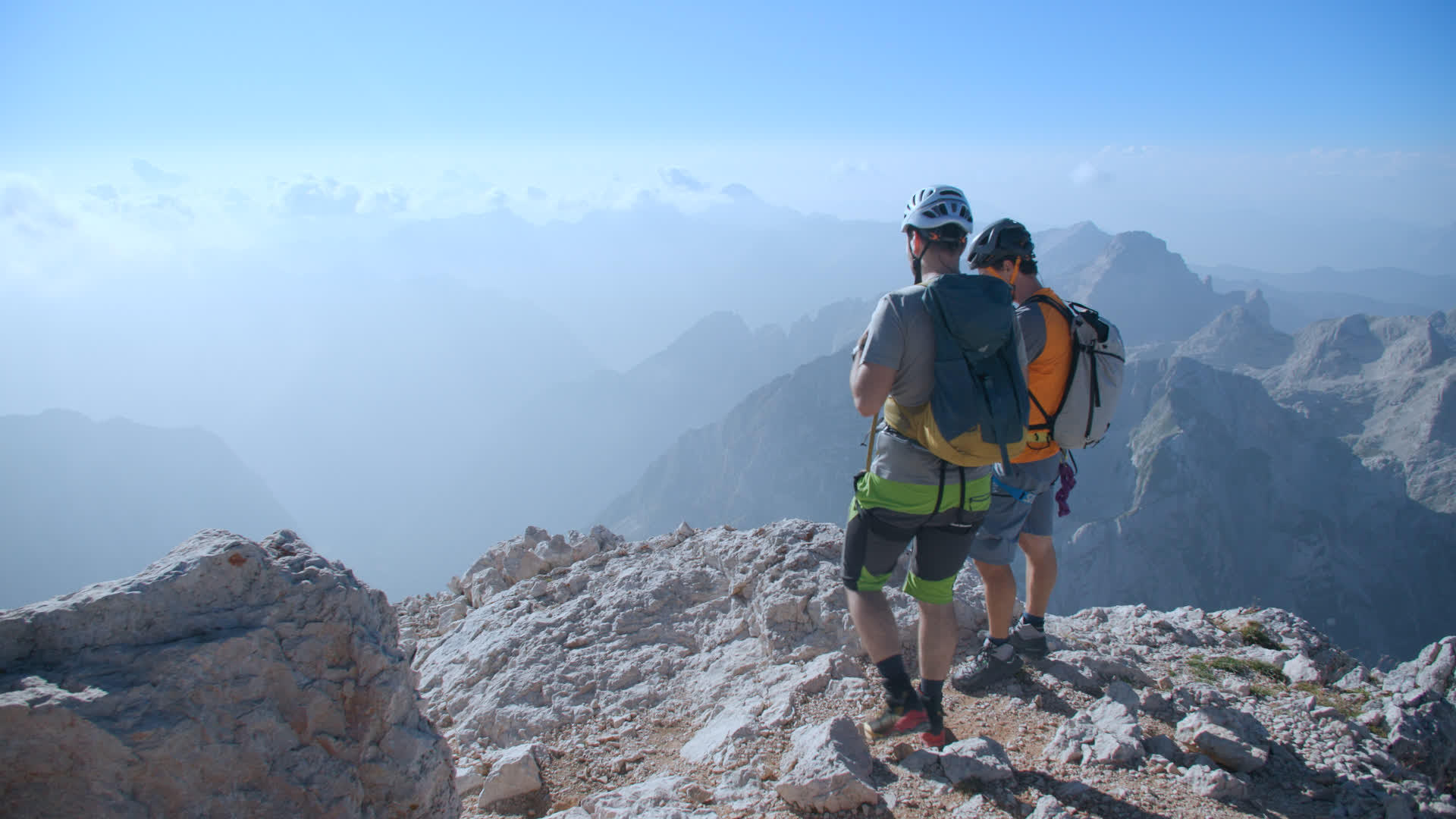High mountains only take up a small part of the earth’s surface area – but they are vital for humanity. Only about 20 percent of the world’s population lives in the great mountains of our world. But without high mountains, much of life further down would be unthinkable. They are the “water castles of the earth”. Over two thirds of the world’s drinking water resources come from high mountains. They are a refuge for animal and plant species threatened with extinction.
The viewer learns how our past, our present and our future have been and will be decisively shaped on the roofs of the continent. Personal stories of strong protagonists, previously hidden in the isolation of the mountains, take us into this often lonely but at the same time impressive reality. The series also explores the often overlooked role of high mountains where most people on earth live: in the lowlands, in the plains and on the beaches of the sea.
Part 1: The Julian Alps (Slovenia/Italy)
Part 2: Picos de Europa (Spain)
Part 3: Jotunheimen (Norway)
Part 4: Svaneti (Georgia)


Recent Comments